About ELVO company
The state-owned company, Elliniki Viomihania Ohimaton ("Hellenic Vehicle Industry") was founded in Thessaloniki in 1972 to produce locally Steyr-Daimler-Puch models after an agreement with the Austrian company. It was known originally as Steyr Hellas S.A. and manufactured motorbikes and farm tractors before focusing in the 1980s on military vehicles. A license to produce the 4K 7FA was secured and the vehicle was to be known locally as the "Leonidas" after the Spartan king. When the first production was achieved, followed by exports, the company was renamed ELVO in 1986, embarking on the all-improved Leonidas II.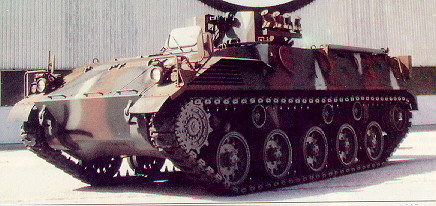
Leonidas 1 The latter was much more a local product than the first. In 1988, development started with Steyr for a new IFV -which development was pursued with Spain to give birth to the Pizarro/Uhlan instead. The company indeed left the development, which was resumed in 1998 with a local IFV, the Kentaurus, revealed but not followed by any order. The company also produced 140 Leopard 2 HEL MBTs under a KMW license but accumulated losses. The company should have been dissolved in 2015 but this was frozen by the state.
Design of the Leonidas I
The first two prototypes were ordered from Austria in 1981. Few modifications were made to the 100 vehicles to follow, which were initially to be built locally, but gradually locally-manufactured parts found their way into the manufacturing process. Largely based on the Saurer 4K 7FA, already largely treated, the first Leonidas did show some detailed modifications like the exhaust vents and left muffler, the shape of the hatch, hull fasteners and handbars, even the main gun-shield with a set of smoke grenade dischargers behind the gunner's seat. The basic version was an APC with a prismatic hull and a drivetrain comprising six roadwheels, front idlers (where the engine was) and rear idlers.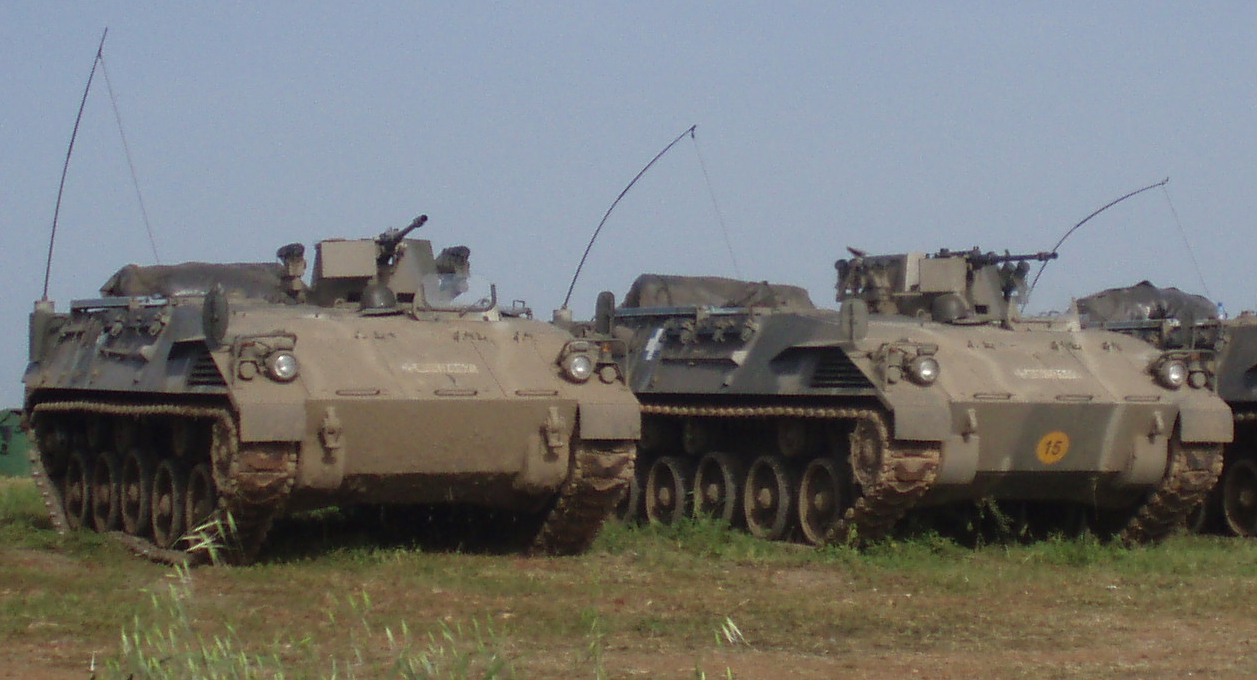
Leonidas 2 APCs
Suspensions were torsion bar units with shock absorbers on the first and last roadwheels units. The all-welded hull made of steel RHA is prismatic, with a front engine compartment and transmission (STEYR 7FA, inline 6-cylinder water-cooled diesel, producing 320 hp at 2,300 rpm.). The driver was located behind to the right-hand side, followed by the gunner/commander in its open turret, a shielded cal.50 12.7mm M2HB heavy machine gun. Behind was located the troop compartment, without pistol ports but with roof hatches and rear doors. The Leonidas 1 was produced from 1982 to 1983.
Development of the Leonidas II
In 1986 the Leonidas 2 was developed as an improved version with added Greek components. 56 were manufactured, 40 by Greece and 16 by Austria, all purchased by Cyprus. In 1987 the Greek government ordered 344 of this version, all manufactured in Greece. it met the final selection, meeting the Army's operational needs in March 1987 and was designed as an Infantry Fighting Vehicle (IFV). This version had a new turret, weighed 18.8 tons (4 ton heavier), was propelled by a 450 hp (instead of 320 hp) engine coupled with a ZF 6 HP 500 automatic transmission (instead of the ZF 6-S80 manual transmission with 6 gears forward and 1 reverse), and its top speed was 70 kph (instead of 63 kph). The first phase of the program cost 22 billion drachmas and it was also stated its price was 8.5% lower than the Leonidas 1 mostly built from Austrian parts.The turret ring was made compatible with a large array of weapons systems, like A 20-30 mm autocannon turret, a 90 to 105 mm Cockerill cannon turret (at the rear), or 81-120 mm mortar. In practice, the turret was unarmed or received the same cal.50 as in the Leonidas 1. This turret was partly enclosed and the smoke dischargers were located on each side. The other modifications were additional automatic fire suppression system, commander's rotating periscope and better smoke grenade dischargers, but overall a more powerful engine and better performances.
Fate
Production was maintained in 1993-95 (141) for Cyprus and a last Greek batch of 57 vehicles in 1998, and ten more for Macedonia (FYROM) in 2001 with a new automatic transmission. The general total figure given is around 900 vehicles, of which 503 were in service with the Greek Army (most active today), and 197 for Cyprus. The Austrian proposal for a joint development in 1998 was eventually rejected (Elvo built the Kentaurus instead) but also a Leonidas 3, as it was argued the type was already obsolete.Links
The Leonidas 2 on wikipedia - The Leonidas on Globalsecurity - On Army-guide.com - Additional photos-greekmilitary.net
Leonidas 2 specifications |
|
| Dimensions | 5.87 x2.50 x1.70 m (19.3 x 8.2 x 5.7 ft) |
| Total weight, battle ready | 18.8 tons |
| Crew | 10 (driver, cdr/gunner, 8 infantry) |
| Propulsion | 6-cyl Steyr 430 hp |
| Suspension | Torsion bars |
| Speed (road) | 70 km/h |
| Range | 520 km (320 mi) |
| Armament | 12.7 mm M2HB, 7.62 mm MG3, See notes |
| Armor | 26-32 mm (0.24-0.35 in) |
| Total production | 900 in 1982-2001 |
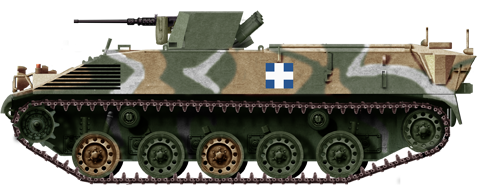
Elvo Leonidas 1 (1982)
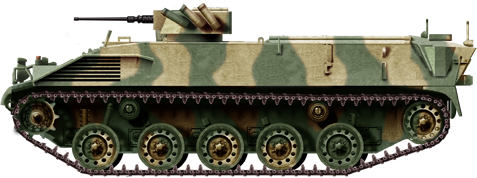
Elvo Leonidas 2, APC version (1987)
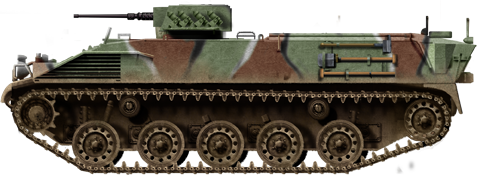
Cypriot Elvo Leonidas 2, as of today
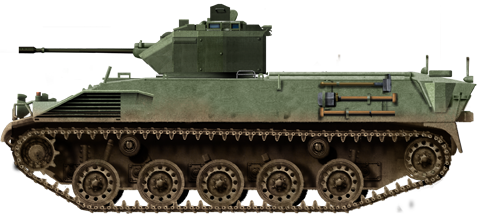
Elvo Leonidas 2, IFV version
Video: Short documentary about ELBO
Gallery
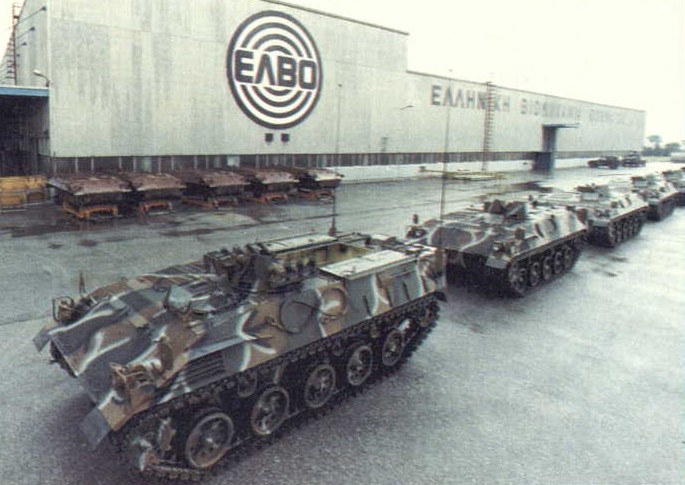
Leonidas 2 APC
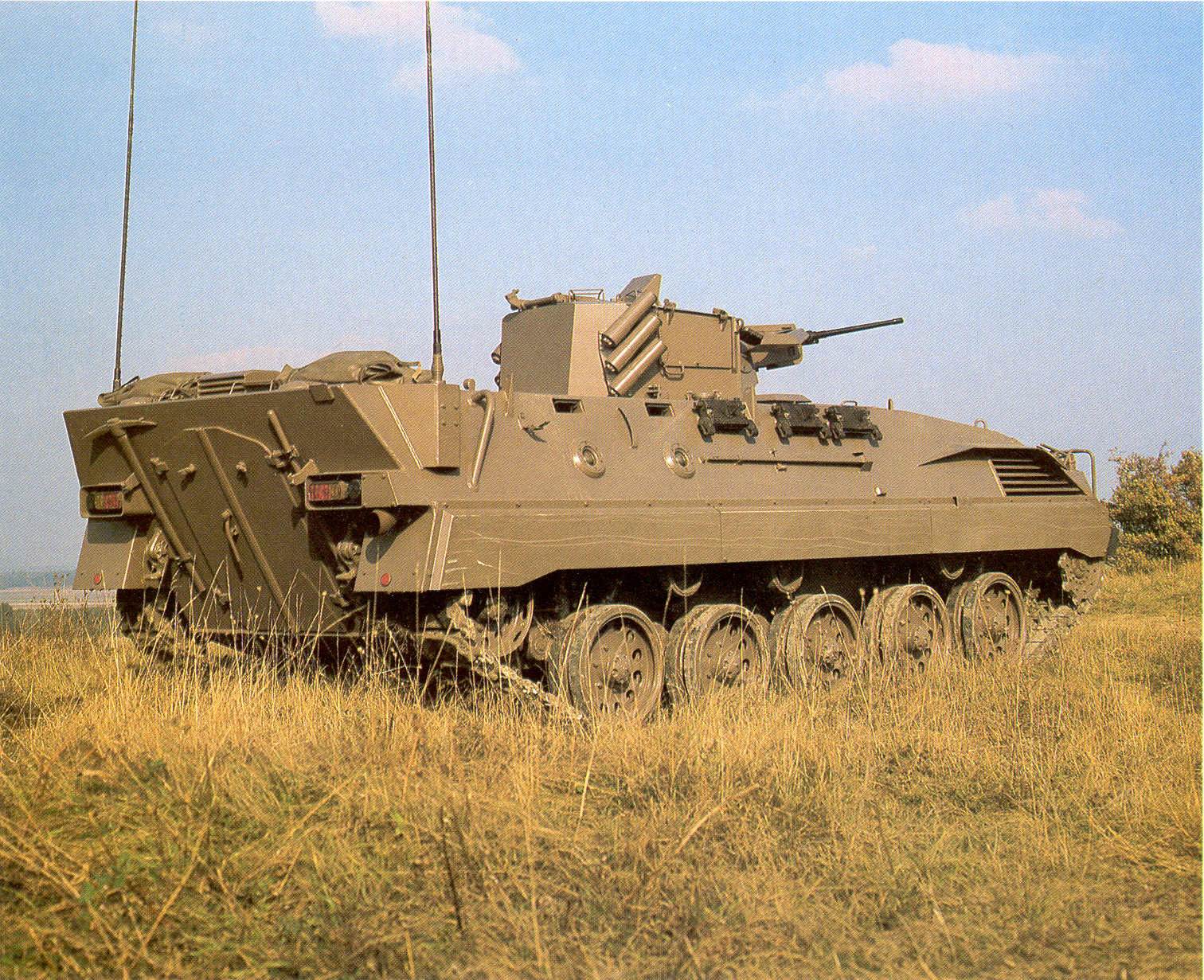
Leonidas 2 IFV - rear view
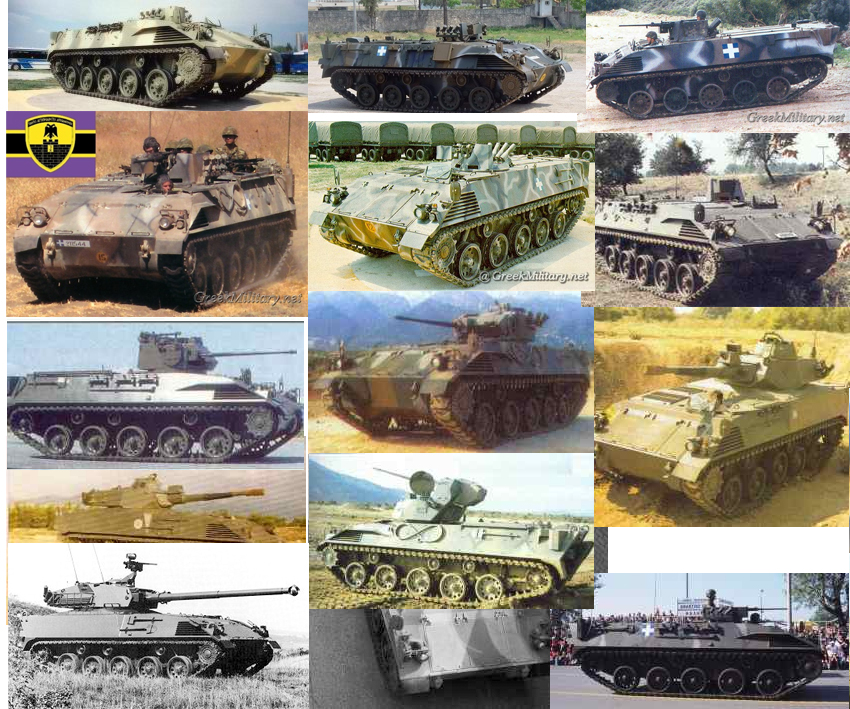
ELVO Leonidas 2
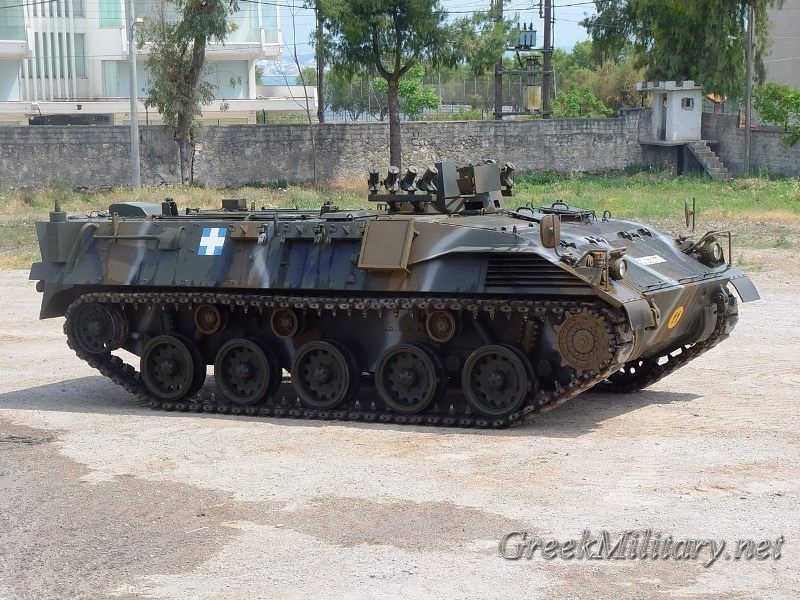


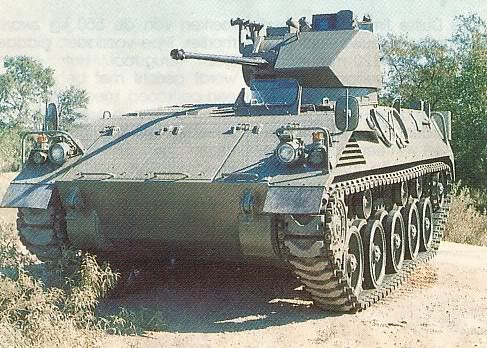

Cold War Tanks


































Cold war tanks posters

Cold War Main Battle Tanks

Cold War Soviet Army
Museums, Movies, Books & Games
The Tanks and Armor in pop culture
Tanks and armored vehicles in general are only really grasped when seen first person: The mass, the scale, it's all there. Explore also the way tanks were covered in the movie industry, in books and in video games.Movies:
Best tanks movie on warhistoryonline.com
On imdb.com
On bestsimilar.com/
miltours.com
liveabout.com/
watchmojo.com
Video Games:
pcgamesn.com
historyhit.com
levvvel.com
vg247.com/best-tank-games
mmobomb.com/
alienwarearena.com

